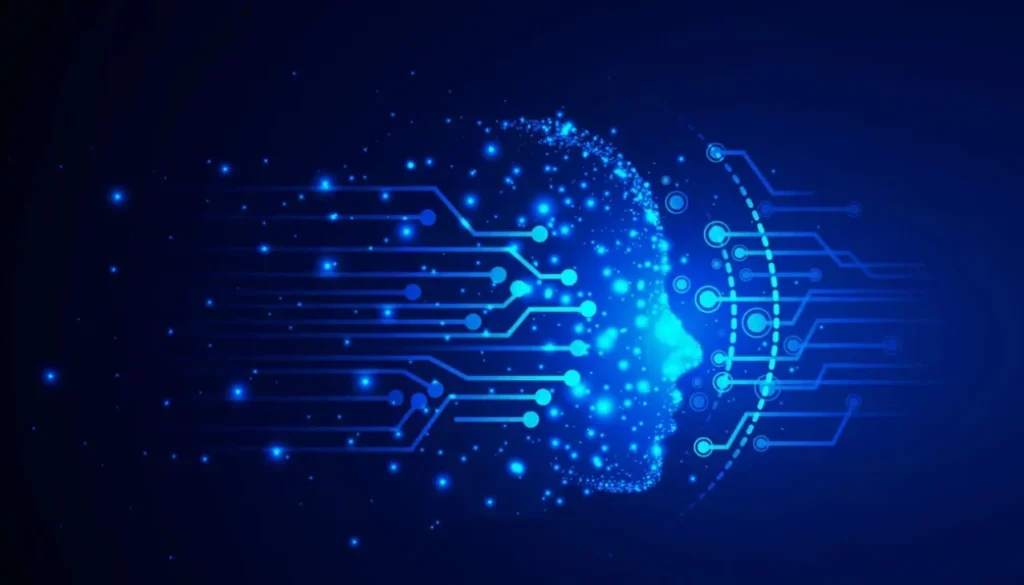The Concept of Undress Artificial Intelligence: What You Need to Know
Artificial intelligence has developed rapidly over the past decades and has become part of our lives. Among all the umpteen facets involving technology in artificial intelligence, one that intrigues the most is the undress artificial intelligence, which brings in a lot of controversial talk about its application. This paper covers a general study of Undress AI, its uses, ethical concerns, and what lies ahead about its future.
What is Undress Artificial Intelligence?
Undress artificial intelligence is a term used to describe AI systems developed to generate or process images that reveal people in a naked or semi-clothed state. AI creations of this kind are based on powerful machine learning algorithms that predominantly work within image processing and deep learning to create remarkably lifelike content. More often than not, the means through which it is done rely on a neural network known as GANs—Generative Adversarial Networks—that can produce photorealist images that are not discernible from actual photographs.
How does Undress AI work?
The critical technology for undress artificial intelligence contains Generative Adversarial Networks as its base, consisting of a generator and a discriminator. The generator’s job is to create fake images and fool the discriminator. The discriminator must decide which images are authentic and which are not accurate. Through successive iterations, this back-and-forth process eventually gives the generator the ability to create plausible images. When used to de-clothe AI, the generator learns the intrinsic underlying patterns and textures associated with human bodies and clothes. Over time, it can create people in images, appearing like they were undressed.
Applications of Undress Artificial Intelligence
- Content Creation: In entertainment and fashion, undress artificial intelligence may be applied to develop virtual models or modify the pre-existing model’s images for creative purposes. This application explores innovations in digital content creation, though with much controversy.
- Medical Imaging: Surprisingly, AI has potential applications in the medical field, particularly in embedding improvement in medical imaging techniques. It can aid in medical training and surgical planning with the help of detailed anatomical models generated by this technology.
- Forensic Investigations: In criminal investigations, the police could socially undress artificial intelligence to form crime scene reconstructions or produce visual evidence with less information. That is, however, quite controversial from moral grounds because the privacy of the involved corpus delicti may be invaded.

Ethical Implications and Concerns
The development of undress AI touches on several ethical questions:
- Violation of Privacy: One of the significant disturbing factors is privacy violations. Developing nude photographs of anyone without their consent is a severe violation of privacy and can lead to grave psychological consequences.
- Misuse and Abuse: The danger of spurious AI being used in cases of revenge, blackmail, or harassment is quite high. With such technology becoming accessible, it will be misused and abused on a large scale.
- Consent and Rights: The ethical use of undress AI requires obtaining explicit consent from the person whose image is being manipulated. Otherwise, it would infringe on personal rights and freedoms.
- Regulation and Governance: In a high-regulation environment, serious work is needed to reduce the associated risks associated with undress AI. Governments and organizations, as much as possible, should consult and reach a consensus in properly establishing guidelines that will govern the ethical uses of AI technologies associated with their responsible and transparent use.
The Future of Undress AI
The great onus of the future of Undress AI will depend on what society does to manage and regulate its development and use. Here are some potential directions:
- Enhanced Ethical Standards: Enhanced ethical standards and strict development of protocols for undress AI with stringent requirements placed on consent and what is considered an acceptable use case.
- Technological safeguards: It may be helpful to develop such things as watermarks for images produced or AI systems that can pinpoint and flag manipulated content.
- Awareness and Education: Public awareness needs to be raised about what undress AI can do and its potential dangers. Once people are enlightened on self-protection and ways of identifying manipulated images, they will cause less harm.
- Legal Frameworks: Comprehensive legal frameworks should be developed at the state level to address issues related to the use of Undress AI. Laws against making and distributing images without consent can have a deterrent effect.
Conclusion
Undressed artificial intelligence is a powerful, albeit controversial, technology that needs to be seriously considered with the right regulations in place. Looking at it with recognition of the fact that some use for it probably will be constructive, but at the same time, there are full concerns on ethical and private rights; balancing innovation and responsibility of ethics will be extremely important to guarantee that undress AI is developed and employed conforming to individual rights and societal norms.
FAQs:
What is Undress AI?
Undress AI is an artificial intelligence technology in which digital photographs are stripped virtually to simulate naked representations. It deploys the most recent research in machine learning and deep learning algorithms in the analysis.
How is Undress AI implemented?
This is done with the help of Generative Adversarial Networks and deep learning models for processing and transforming images. The steps involved in rendering are numerous:
- Image Analysis: The machine scans the input image for skin colours amidst clothes.
- Prediction: Trained datasets on what the person might look like without clothes are used for prediction.
- Image Reconstruction: AI has fabricated a new image in place of clothes that are replaced by predicted textures and features.
What is the ethical concern of Undress AI?
On the contrary, Undress AI invokes critical ethical questions:
- Invasion of privacy
- Exploitation for harassment or blackmail
These give an outright show of the fact that stringent guidelines and responsible use of such technology are imperative.
How do I practice responsible use of Undress AI?
Human in the loop: Responsible use of Undress
Consent: Ensure you are unequivocally gaining consent from the subject of the image to do whatever you please with them.
Don’t use the technology to bully or blackmail anybody.
Privacy Implications: Be sensitive to privacy drawbacks and use the technology in a manner that respects individuals’ rights and dignity.



